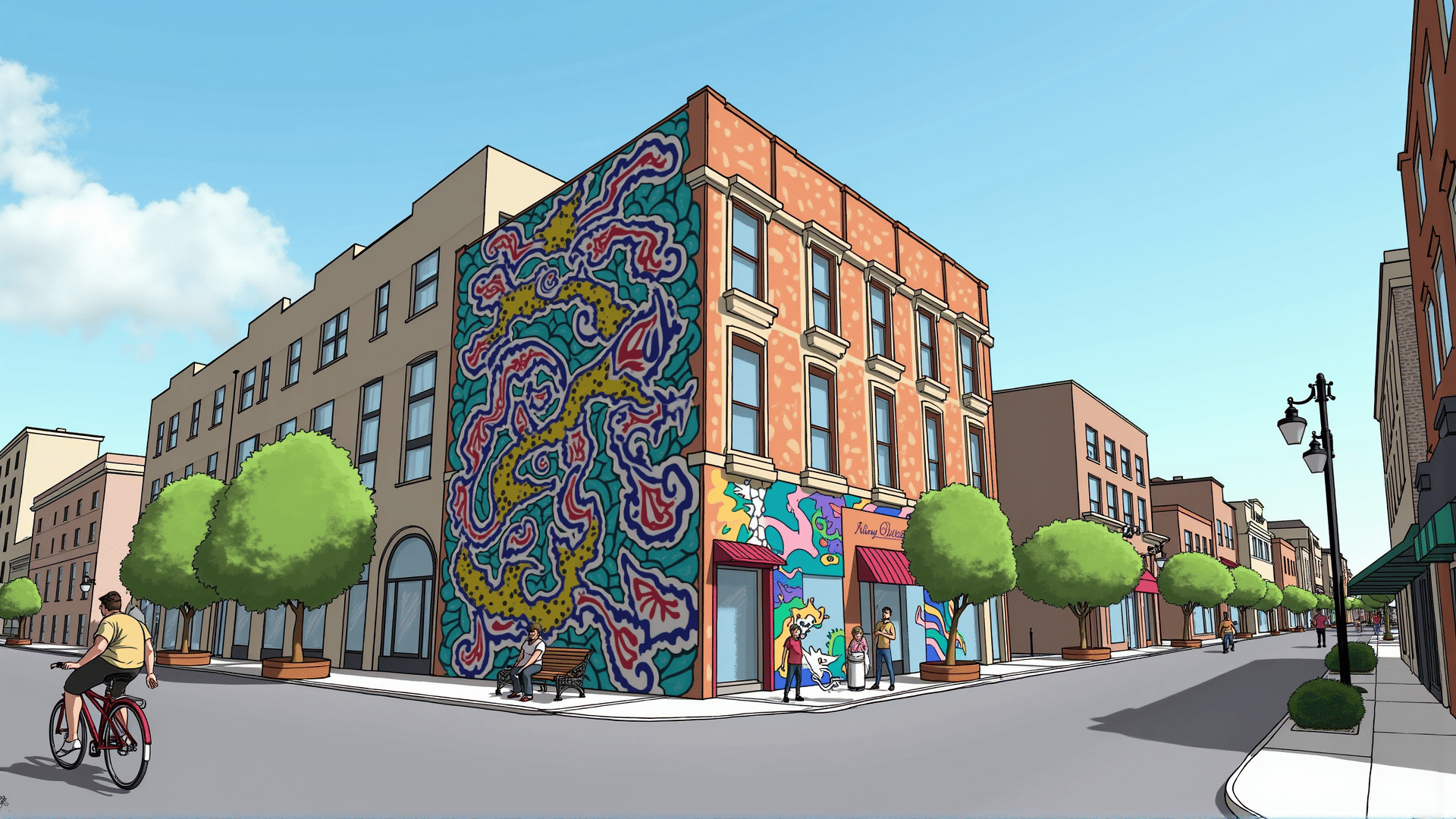Urban spaces across the USA are witnessing a transformative revolution, one that is both visual and cultural in nature. Art installations and murals are increasingly becoming integral parts of cityscapes, infusing vitality and engagement into otherwise mundane surroundings. This artistic movement not only rejuvenates the aesthetics of cities but also plays a pivotal role in community development, cultural expression, and public engagement.
One of the most striking aspects of this transformation is how art installations introduce a new layer of narrative to urban environments. In cities like San Francisco, Chicago, and Miami, large-scale murals and thought-provoking installations have emerged as storytellers—capturing the histories, struggles, and dreams of the communities they inhabit. These visual artworks often offer commentary on social issues, commemorate cultural heritage, and serve as platforms for raising awareness on topics ranging from environmental concerns to social justice causes. By doing so, they invite residents and visitors alike to engage in meaningful dialogue.
The integration of murals in public spaces significantly contributes to the vibrancy of cities. Streets that were once plain and utilitarian are now canvases for bursts of color and creativity. In areas such as Wynwood Walls in Miami, graffiti art has transformed neglected districts into vibrant artistic neighborhoods, drawing tourists and art enthusiasts from around the globe. This infusion of art not only beautifies the surroundings but also fuels local economies by attracting businesses, galleries, and cafes that prosper within these revitalized zones.
Moreover, these art projects foster a sense of community pride and identity. In Philadelphia, Mural Arts Philadelphia has established itself as a leading force in public art projects, creating over 3,000 murals throughout the city. By involving local artists and community members in the design and creation process, these artworks reflect the city's diverse cultural tapestry. Residents often develop a sense of ownership over the murals, resulting in enhanced community cohesion and a shared commitment to maintaining their neighborhoods.
The relationship between urban art and gentrification cannot be overlooked. While murals and installations can increase property values and attract investment, they can also lead to concerns about displacement and loss of historical community identity. It is crucial for city planners and artists to approach these projects thoughtfully and inclusively, ensuring that development benefits original residents and respects the community's past and present.
Interactive art installations, meanwhile, offer new dimensions for public engagement. Cities like New York and Los Angeles have embraced digital art experiences, such as light-based installations that respond to audience movement. These participatory elements can captivate people of all ages, transforming a stroll through a neighborhood into a dynamic cultural experience. By inviting participation, these installations dissolve barriers between art and audience, democratizing art and fostering a strong sense of belonging.
Finally, as the urban art movement continues to grow, it paves the way for environmental consciousness within city landscapes. Green art installations and eco-friendly murals serve dual purposes: beautifying public spaces while also promoting environmental responsibility. Living walls adorned with plants and herbs provide a refreshing contrast to concrete jungles, improving air quality and introducing biodiversity into city centers.
In conclusion, the role of art in urban spaces across the USA is multifaceted, offering aesthetic, cultural, and socio-economic benefits. By transforming drab environments into vibrant, engaging spaces, art installations and murals enrich the urban experience, making cities more appealing and inclusive. As this movement progresses, it will be important for artists, communities, and local governments to collaborate harmoniously, ensuring that the art reflects the collective spirit of the cities it decorates, while addressing the challenges and embracing the potentials of urban transformation.
